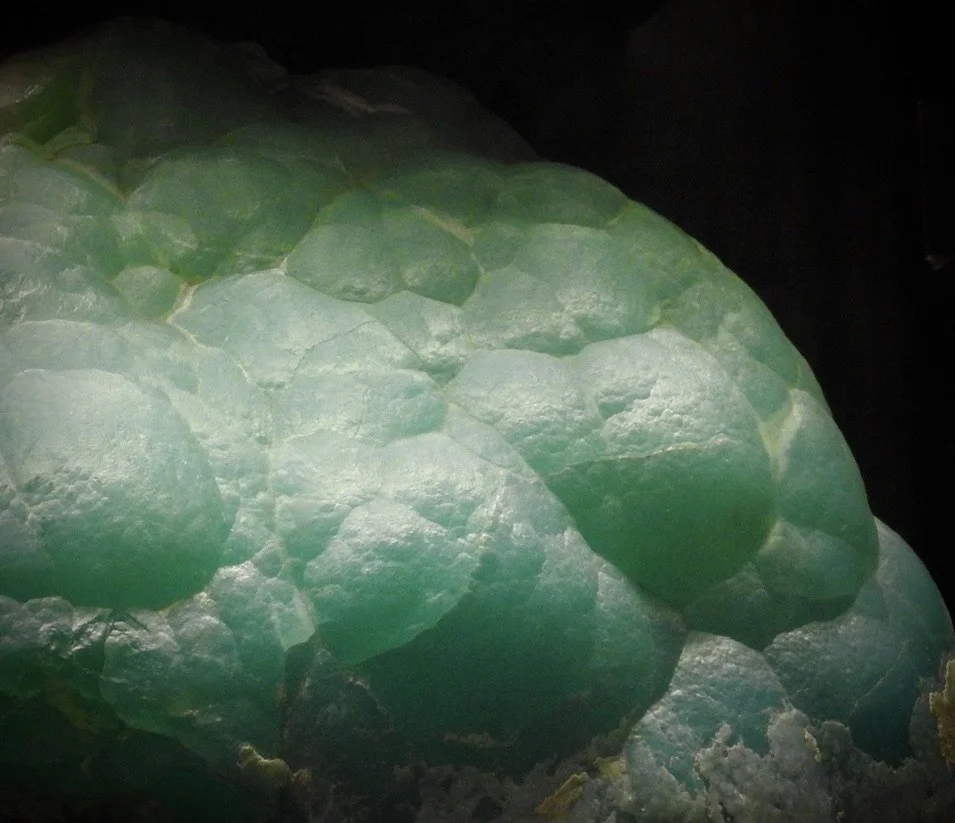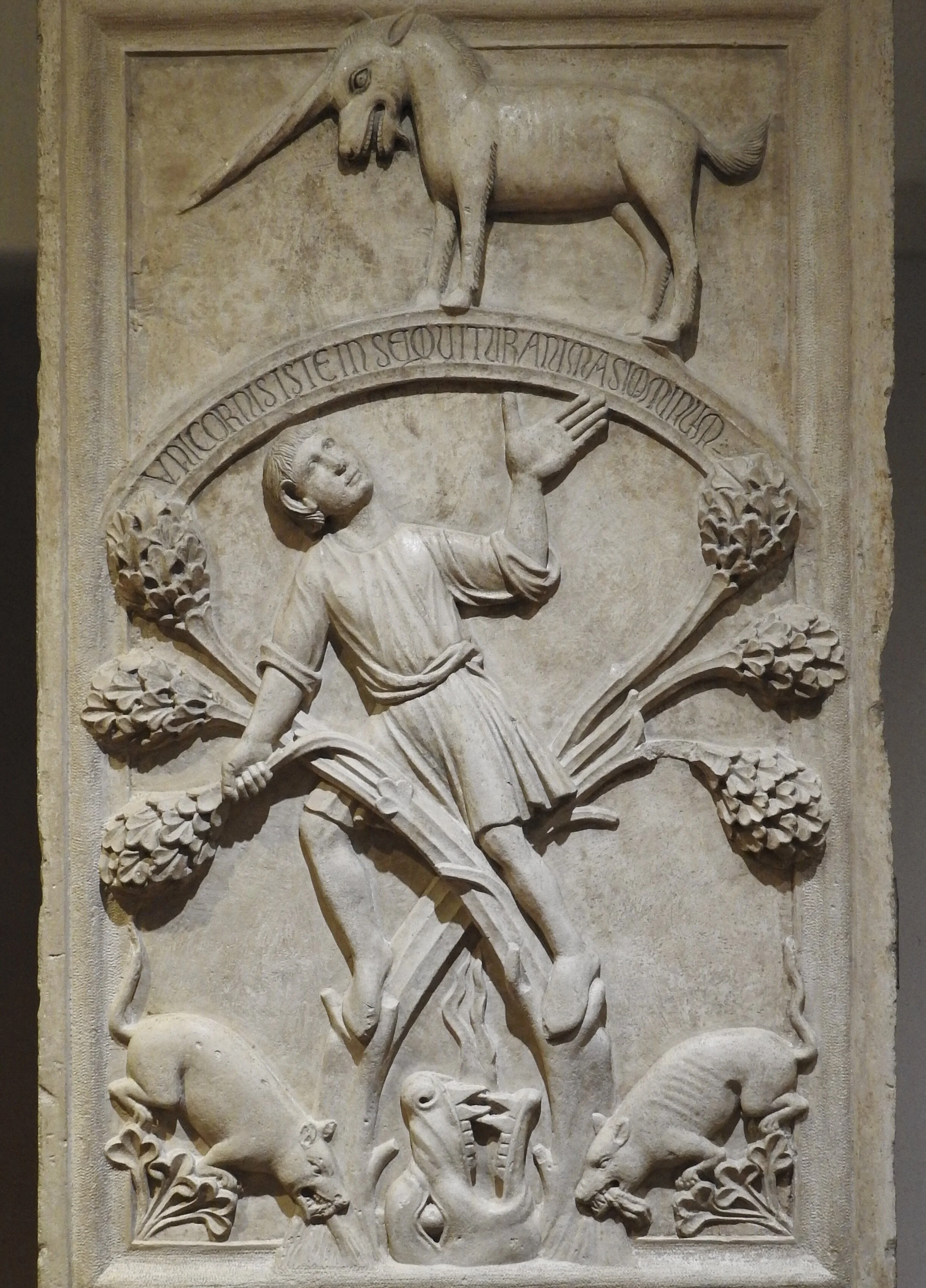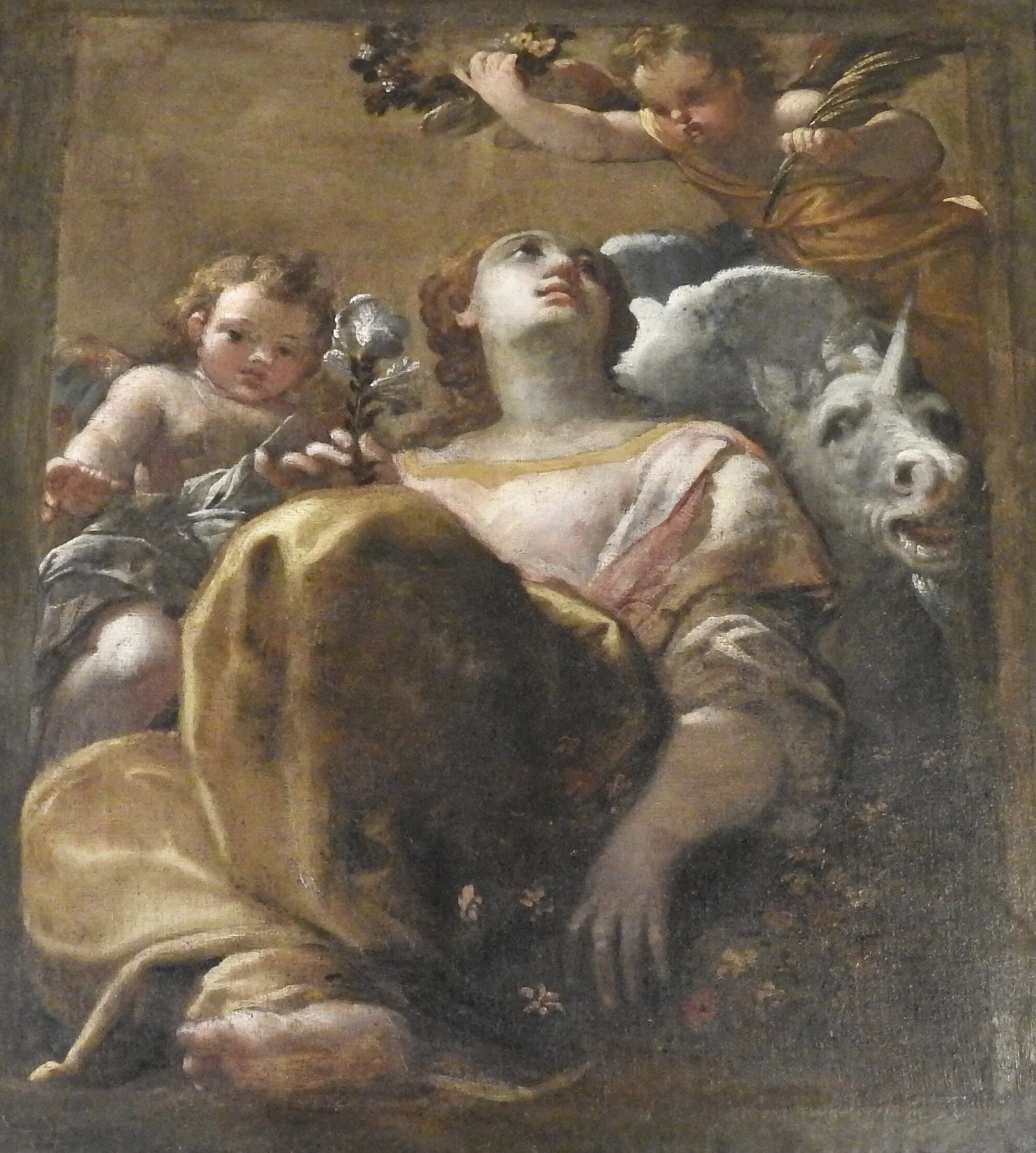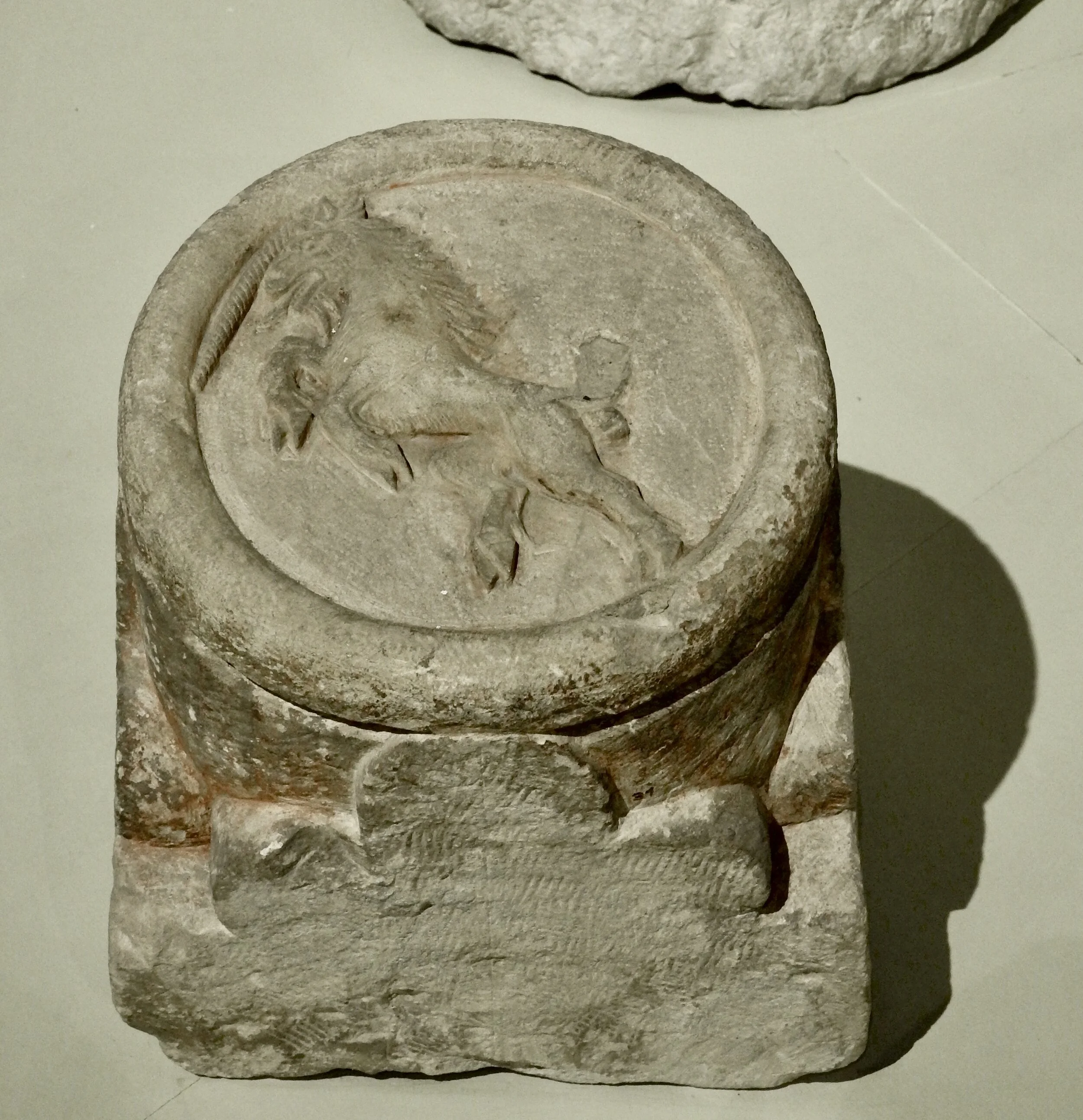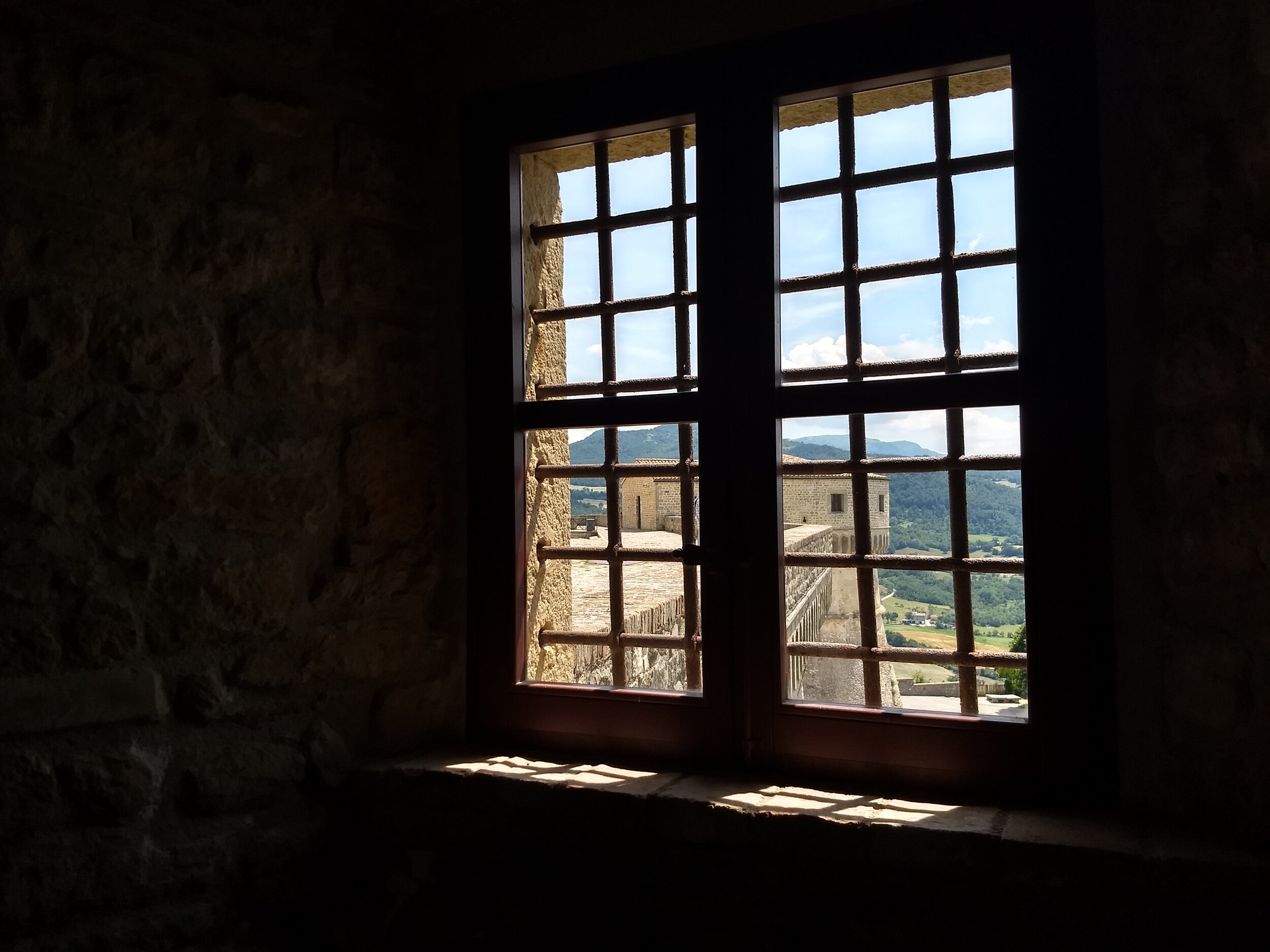
Window in the fortress of San Leo, Emilia-Romagna, Italy. Photo by Renée DeVoe Mertz.
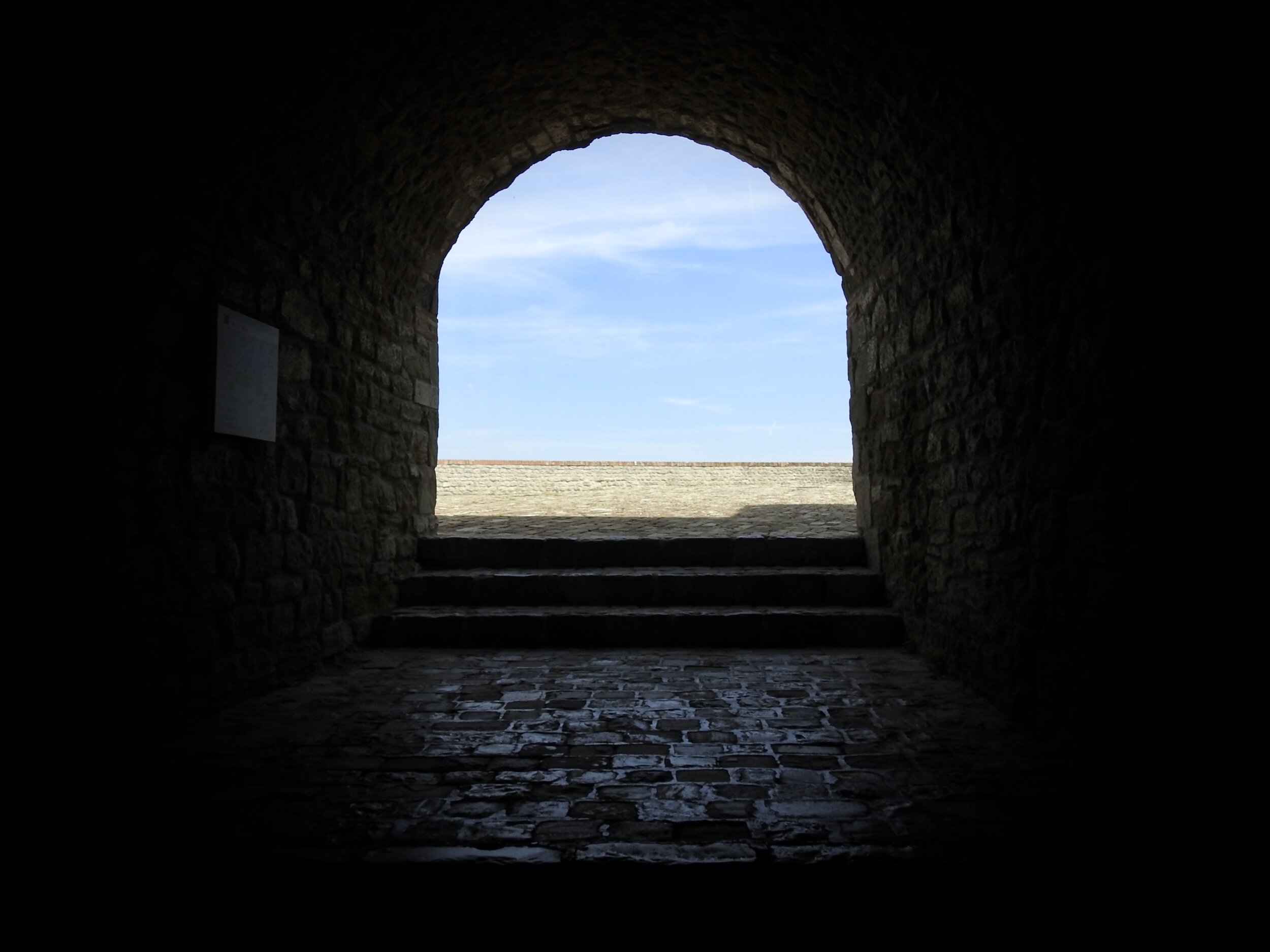
Portal in the fortress of San Leo, Emilia-Romagna, Italy. Photo by Renée DeVoe Mertz.
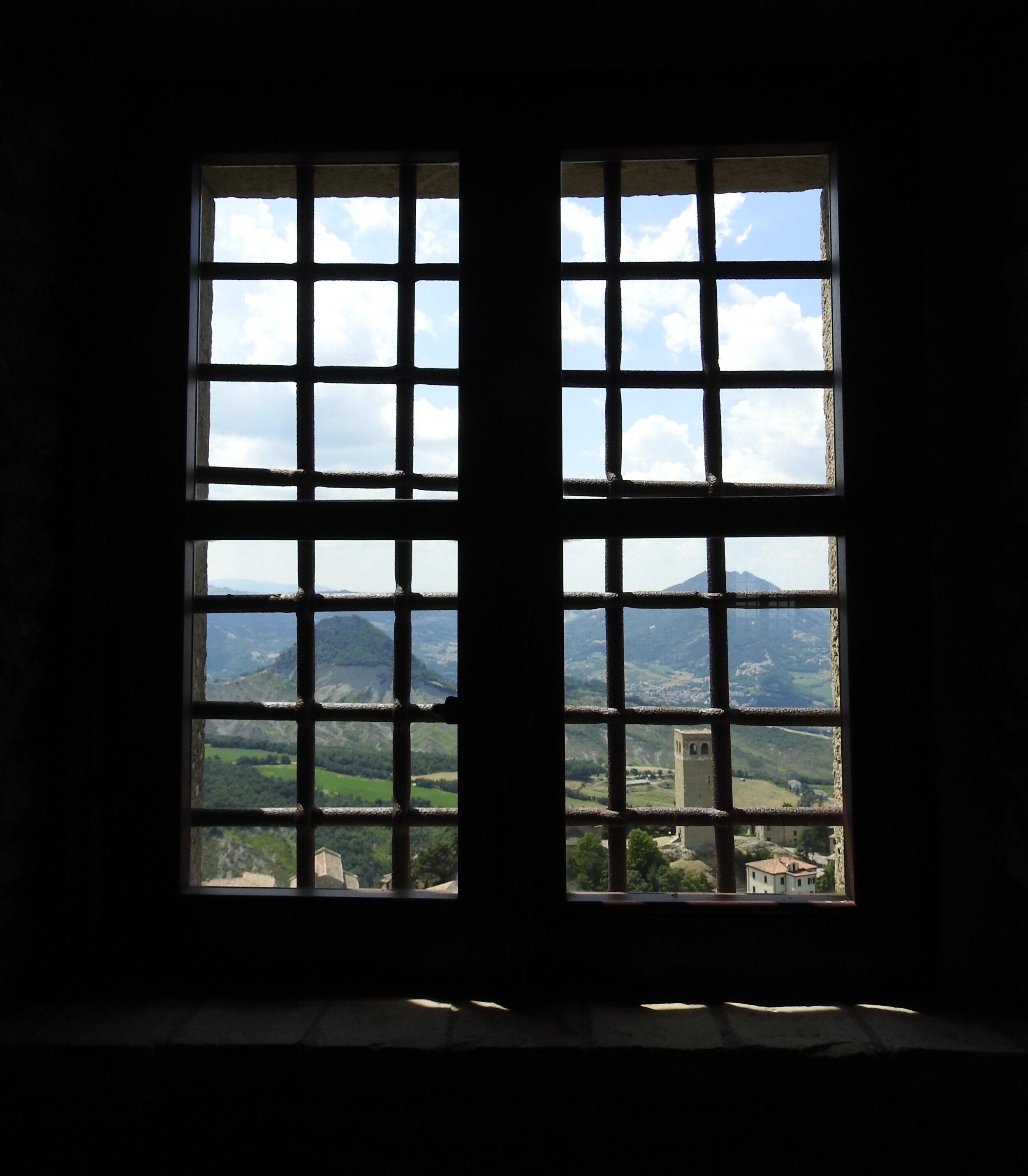
Looking out from the fortress to the town and watchtower of San Leo, Emilia-Romagna, Italy. Photo by Renée DeVoe Mertz.

Keyhole window in the fortress of San Leo, Emilia-Romagna, Italy. Photo by Renée DeVoe Mertz.
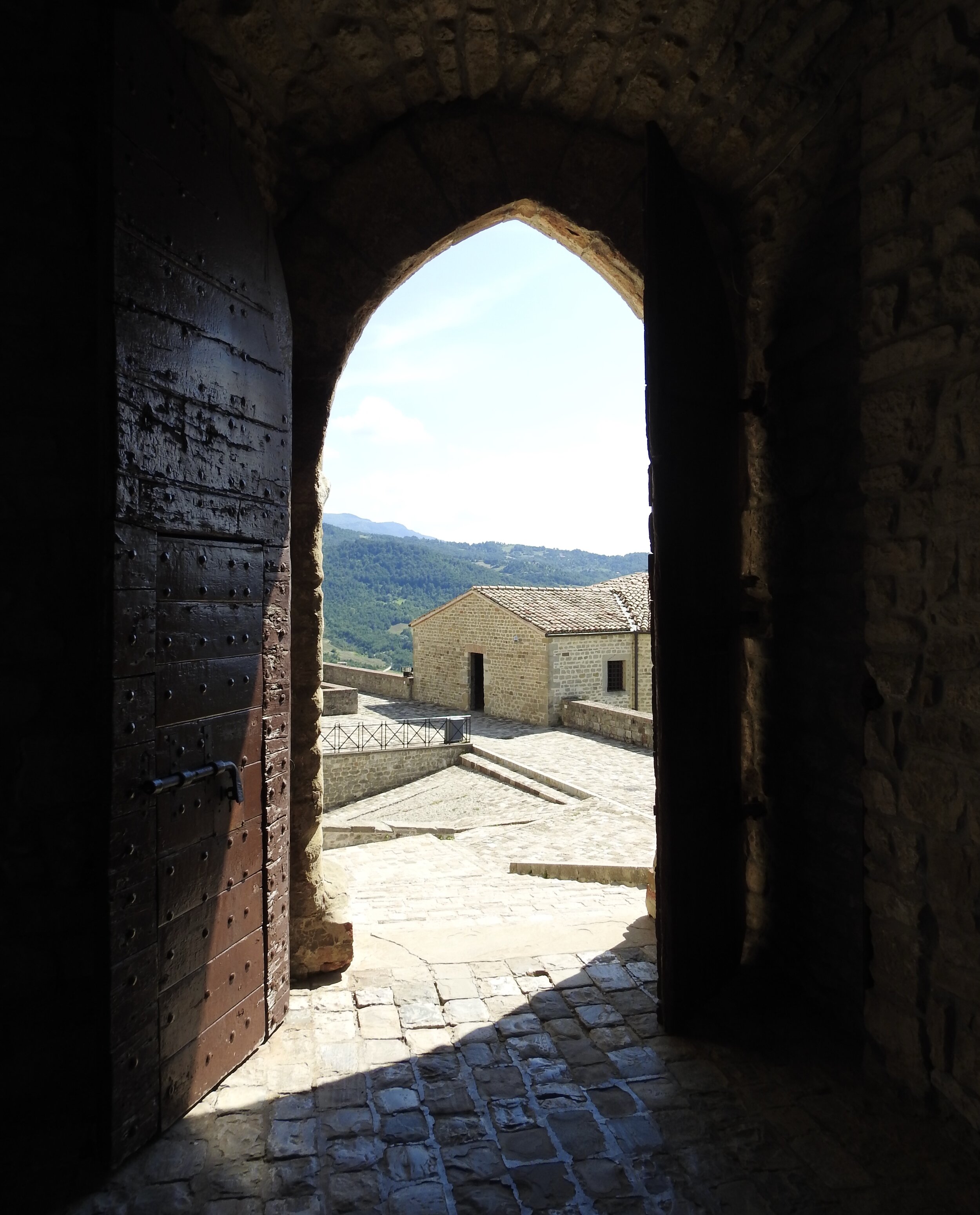
Door of the fortress of San Leo, Emilia-Romagna, Italy. Photo by Renée DeVoe Mertz.
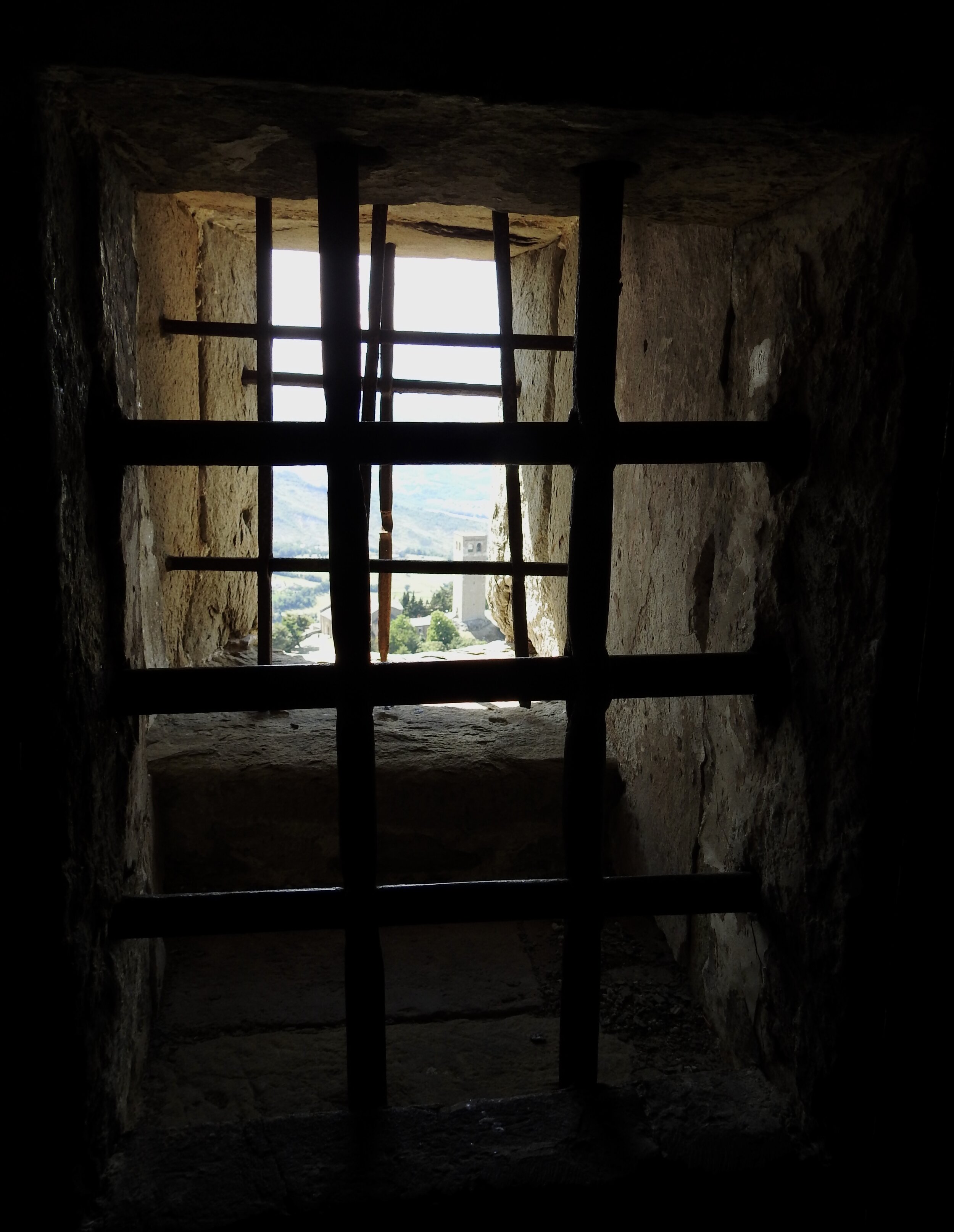
Window in the “Pozzetto Cell,” the room that once held the adventurer and condemned heretic, Count Cagliostro, until his death in 1795. The cell originally had only entrance: a door in the ceiling through which guards lowered Cagliostro and his subsequent meals. The only other opening was this deep-set window with its multiple rows of bars, giving only a severely limited view of San Leo’s parish church, cathedral, and watchtower. Photo by Renée DeVoe Mertz.
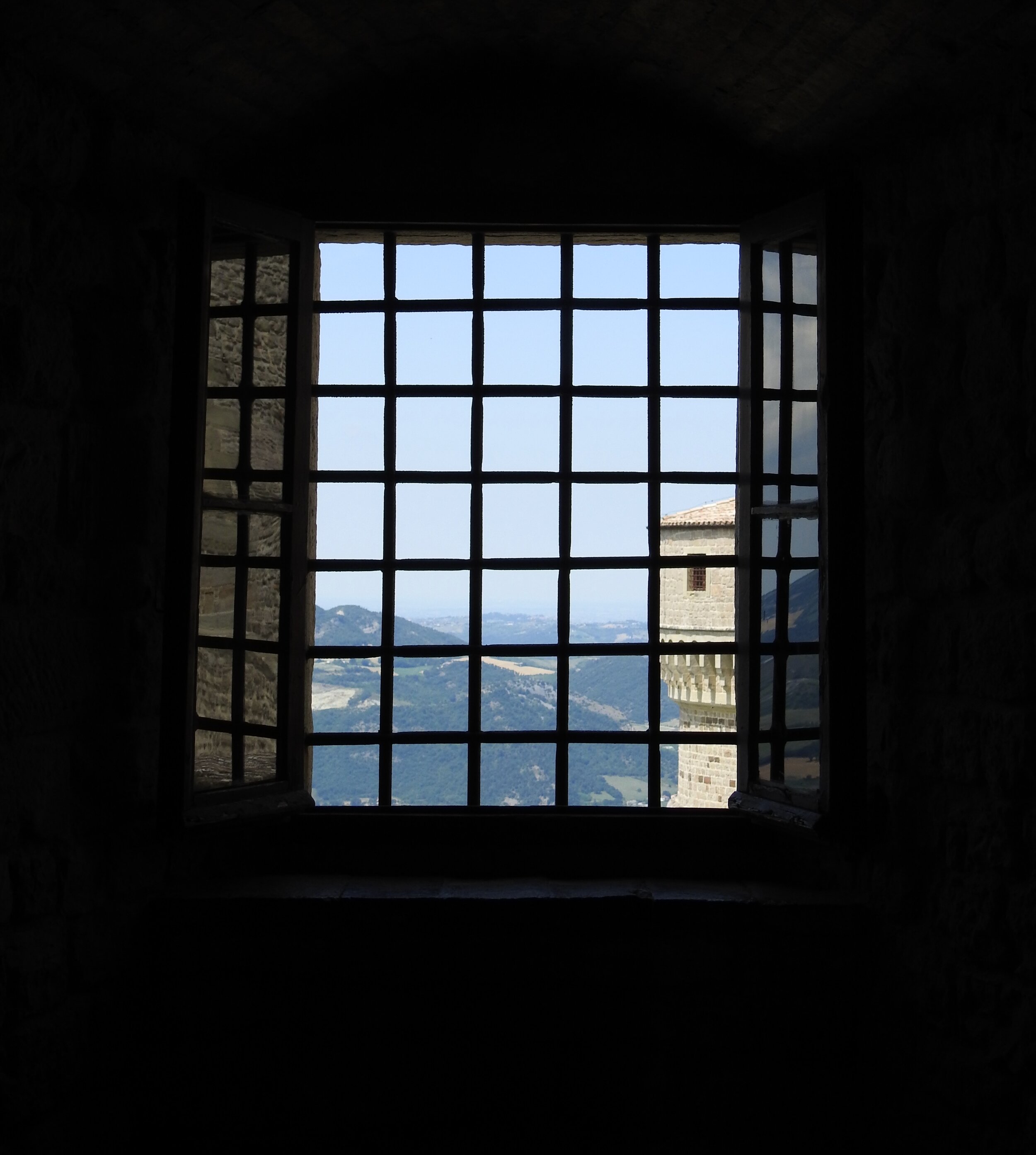
View from the fortress of San Leo, Emilia-Romagna, Italy. Photo by Renée DeVoe Mertz.
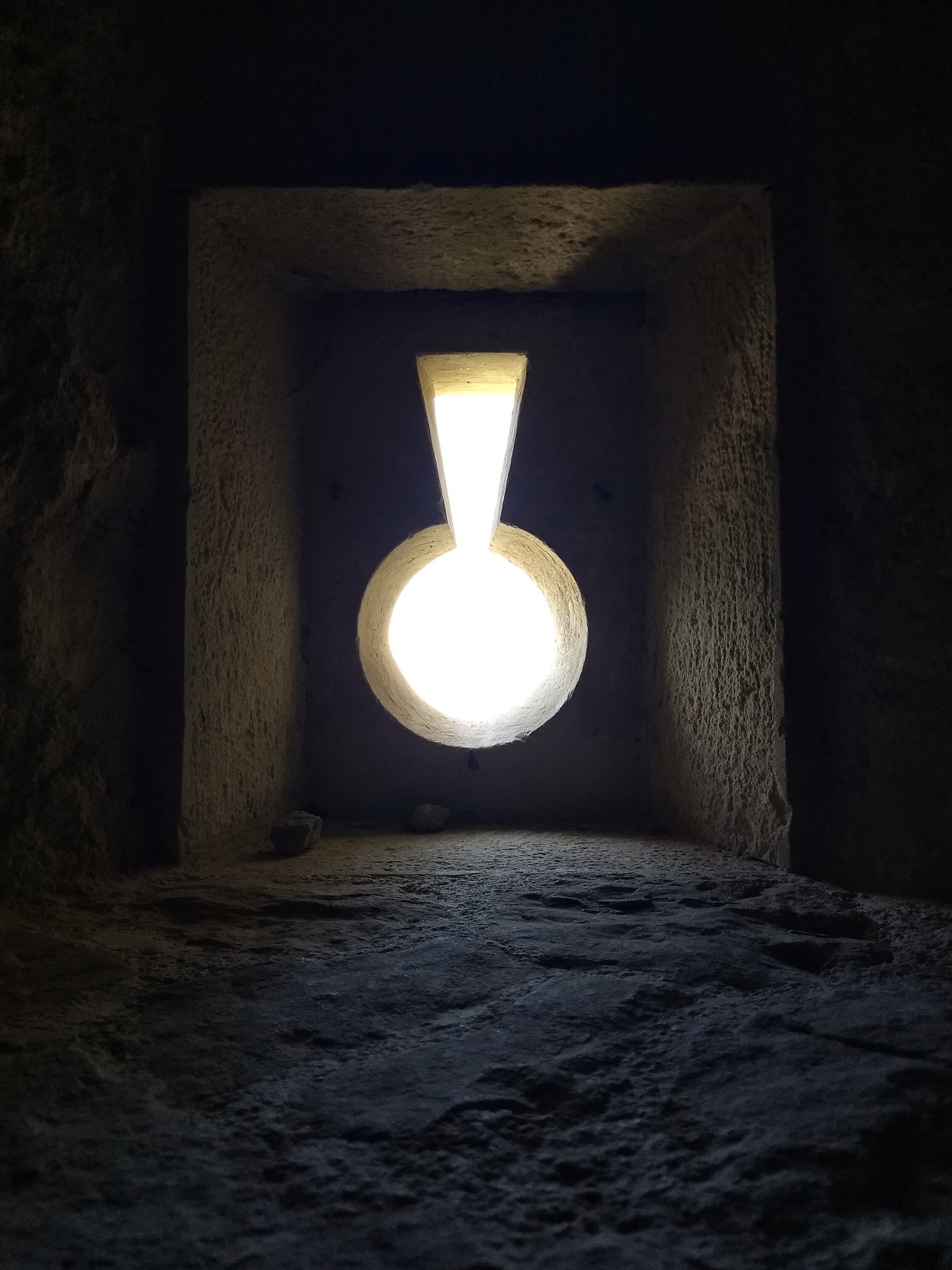
Keyhole window in the fortress of San Leo, Emilia-Romagna, Italy. Photo by Renée DeVoe Mertz.
